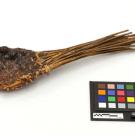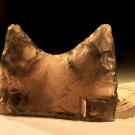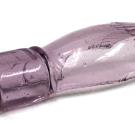Every so often, in a variety of formats, the Museum examines an artifact from a past society on the Museum social media pages. You can view some of our past "Artifact Features" here. Stay tuned to our social media for additional pictures and museum happenings.










